U.S. Life Expectancy Drops Amid Rising Suicide, Drug Overdose Rates
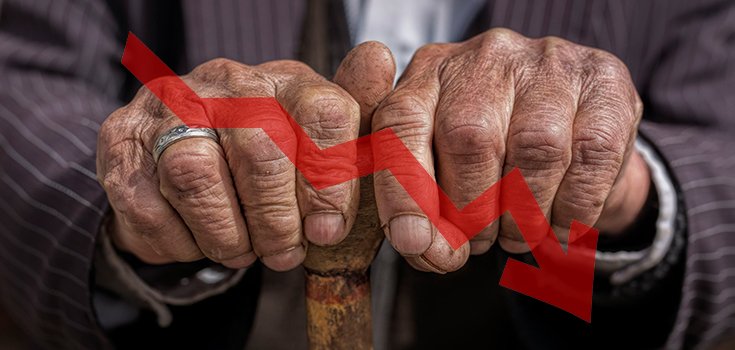
Life expectancy in the United States has dropped 2 years in a row. Yikes. This is at the time of writing, in 2018.
In this piece, I’d like to cover the in-depth reports outlining 2017, and then we will get into the overview for 2018 in the next piece. Three reports from the U.S. Centers for Disease Control and Prevention (CDC) showed that in 2017, it was the longest decline in U.S. life expectancy at birth since World War I. Sadly, the dismal reports show that rising suicide and drug overdose rates were among the main contributors to the decline.
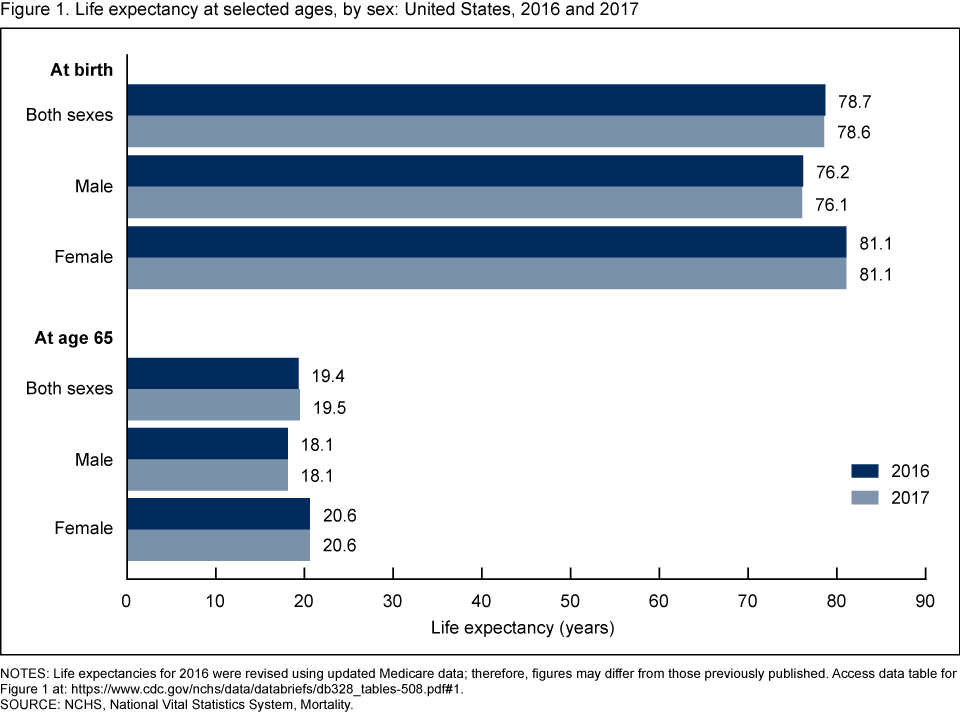
Between 1915 and 1918, WWI and a flu pandemic killed 675,000 people in the U.S. and an estimated 50 million people worldwide. That was the last time there was such a startling drop in the number of years Americans could expect to live. In most developed nations, life expectancy has continued to climb over the decades.
The reports suggest that American society is quite sick.
Dr. Robert Redfield, CDC director, said: [2]
“Life expectancy gives us a snapshot of the Nation’s overall health and these sobering statistics are a wakeup call that we are losing too many Americans, too early and too often, to conditions that are preventable.”

Joshua M. Sharfstein, vice dean for public health practice and community engagement at the Johns Hopkins Bloomberg School of Public Health, said: [1]
“I think this is a very dismal picture of health in the United States. Life expectancy is improving in many places in the world. It shouldn’t be declining in the United States.”
S.V. Subramanian, a professor of population health and geography at Harvard’s T.H. Chan School of Public Health, asked:
“After 3 years of stagnation and decline, what do we do now? Do we say this is the new normal? Or can we say this is a tractable problem?”

An American born in 2017 can expect to live 78.6 years at birth, down 1/10 of a year from 2016, according to the CDC’s National Center for Health Statistics. Men can expect to live 76.1 years, down 1/10 of a year from 2016. Life expectancy for women remains unchanged from 2016, at 81.1 years.
Drugs are Still Doing Americans In
The overall number of fatal drug overdoses rose from 63,632 in 2016 to 70,237 in 2017 – an annual record. Opioids sold on the street caused 47,600 overdoses in 2017 – another record, driven largely by an increase in fentanyl deaths. President Donald Trump declared the opioid crisis a national emergency in August, 2017 [2]
The number of fatal drug overdoses has more than quadrupled since 1999. Deaths from opioids were nearly 6 times greater in 2017 than they were in 1999.
There was no increase in overdose deaths from legal painkillers in 2017. As well, heroin overdoses did not rise. Robert Anderson, chief of the mortality statistics branch at the Center for Health Statistics, said that efforts to keep legal painkillers off the streets and out of the hands of drug dealers, as well as prescription drug monitoring programs, may have contributed to the steady numbers.
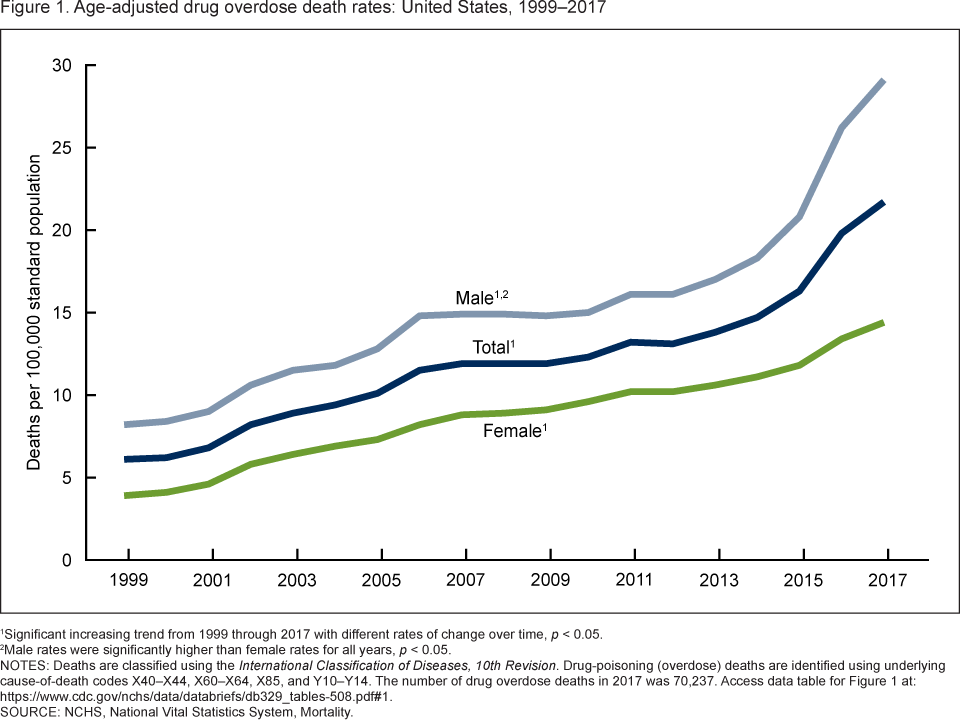
Authorities have been cracking down on so-called “pill mills,” unscrupulous doctors, and states have been going after drug companies that belched out suspicious amounts of pills to states hardest hit by the opioid epidemic.
Anderson also credits the wider availability of the opioid antidote naloxone, efforts to educate substance abusers as they leave jail, more treatment programs, and expanded Medicaid programs for the lack of an increase in legal opioid and heroin overdoses.
As 2018 draws to a close, provisional data for the first 4 months of the year hints at a plateau in overdoses and possibly a slight decline.
But the plateau in heroin deaths doesn’t necessarily mean fewer people are dying from hard drugs. According to Sharfstein, it reflects the fact that fentanyl has overtaken heroin on the illicit drug market.
In fact, the reports show that fentanyl-related deaths climbed from 19,413 in 2016 to 28,466 in 2017.
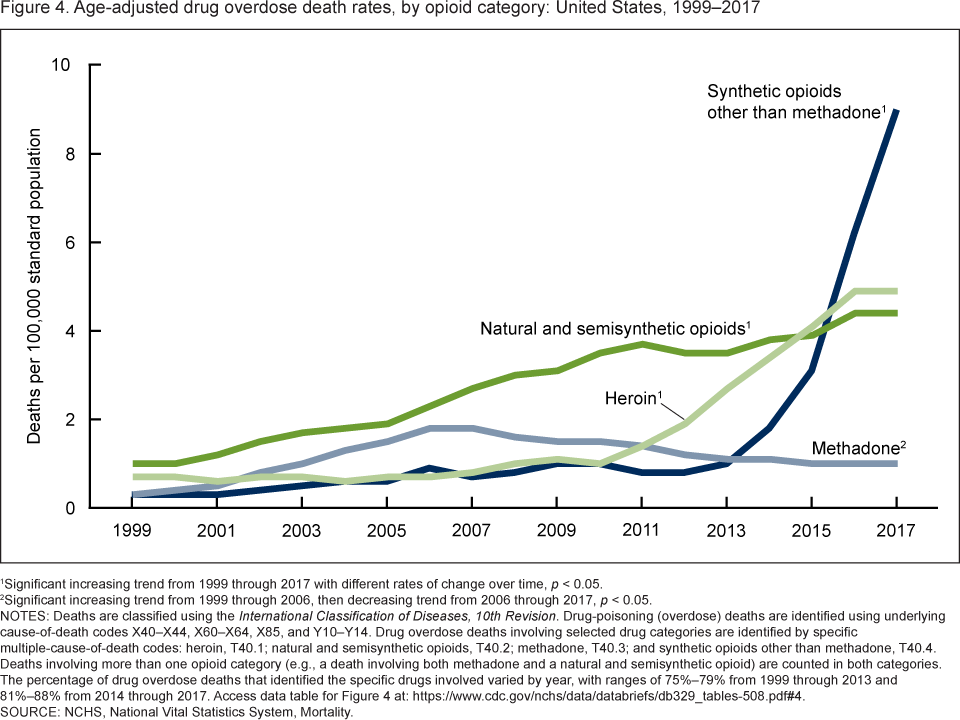
Yet, despite all this death and chaos, the U.S. Food and Drug Administration (FDA) recently decided to approve a powerful new opioid that is 5 to 10 times more potent than fentanyl.
West Virginia continues to lead the nation in overdose deaths, followed by Ohio, Pennsylvania, and the District of Columbia, the data show. The state least affected by drug overdoses was Nebraska, where there were just 8.1 drug overdose deaths per 100,000 residents. By comparison, West Virginia had 57.8 overdose deaths per 100,000 residents.
Yikes.
Life Expectancy Cut Short … on Purpose
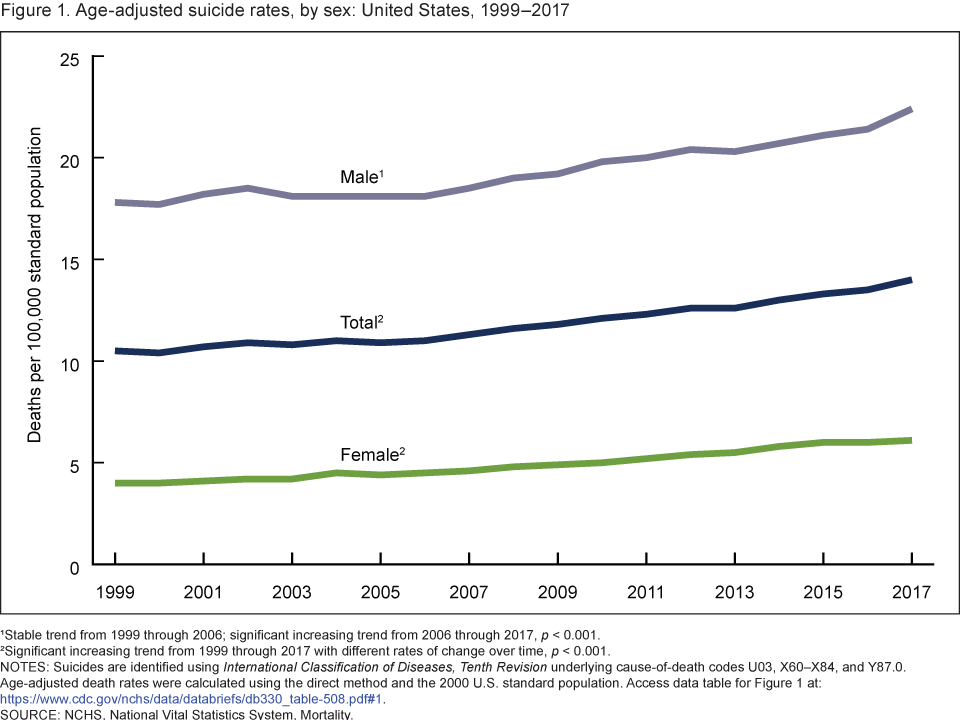
As doctors and researchers work to find ways to expand Americans’ life expectancy, it seems that many Americans simply want to “check out” and do so by taking their own life.
Suicide has been the 10th leading cause of death in the U.S. for the last decade, increasing from 10 suicides per 100,000 people in 1999 to 14 suicides per 100,000 people in 2017. Female suicides increased more sharply than male suicides, though more men than women die by suicide each year.
Between 1999 and 2017, the male suicide rate increased by 26% – from about 18 suicides per 100,000 to almost 22 per 100,000.
The suicide rate among women during that period rose from 4 suicides per 100,000 to nearly 6 per 100,000, or 53%. Women between the ages of 45 and 64 experienced the highest suicide rates in both 1999 (6 suicides per 100,000) and 2017 (nearly 10 suicides per 100,000).
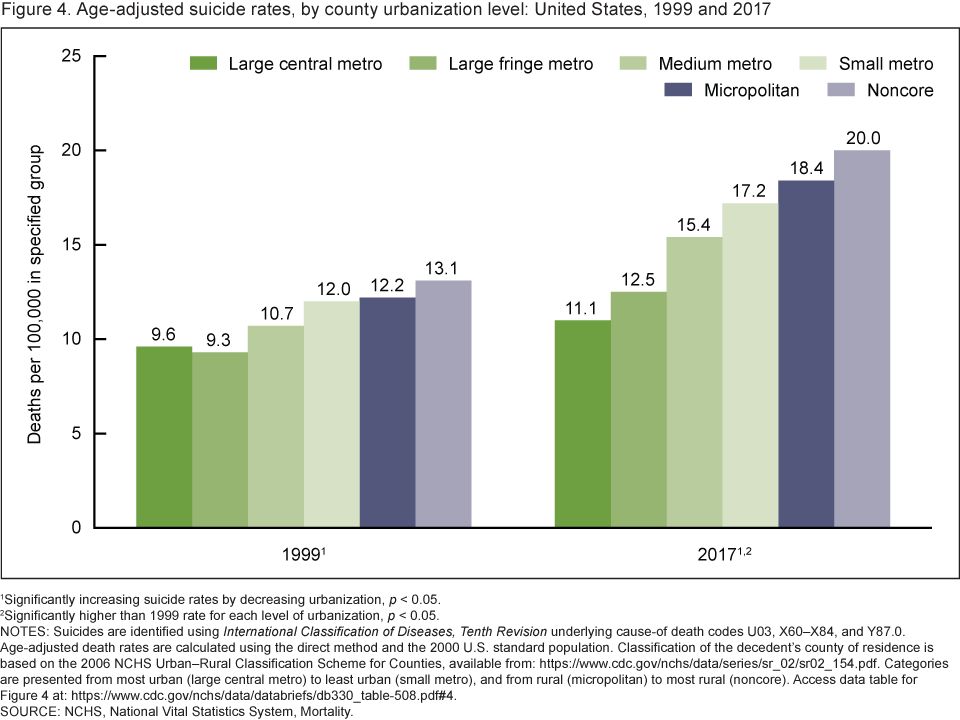
Suicide rates in rural counties were significantly higher than in urban counties.
Redfield said:
“We must all work together to reverse this trend and help ensure that all Americans live longer and healthier.”
He added that the CDC “is committed to putting science into action and to protect U.S. health.”
This news is obviously unfortunate, but hopefully with more awareness being risen around the country, we can collectively take measures improve quality of life across the board.
Sources:
[2] CNN

The International Public Movement ALLATRA initiated the gathering of an international group of psychologists to discuss in a game that is very painful for all of humanity the issue of depressive states and how they result in suicides. the concept of consciousness was dismantled and its aggressive role to us as a person. As a result, accepting this hypothesis as a therapy returned to a normal happy life.